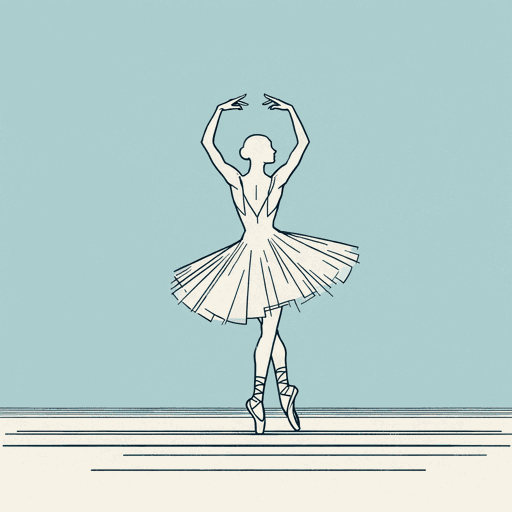42 pages • 1 hour read
Modris EksteinsRites of Spring: The Great War and the Birth of the Modern Age
Nonfiction | Book | Adult | Published in 1989A modern alternative to SparkNotes and CliffsNotes, SuperSummary offers high-quality Study Guides with detailed chapter summaries and analysis of major themes, characters, and more.
Key Figures
Sergei Pavlovich Diaghilev
Born in Novgorod province in 1872, Sergei Diaghilev was the impresario behind the Ballets Russes, the Russian ballet company that produced The Rite of Spring. Diaghilev had “a dandyish appearance” with “a gray streak in his otherwise jet-black hair, a neat moustache, a monocle, and chain” (22). His background was enshrined in mythology, as he was from a provincial aristocratic family but “encouraged the legend that his family was an illegitimate line from Peter the Great” (22). While he revered tradition and selected the Imperial Theatre’s finest dancers for his company, he was “driven by countervailing instincts” as his sense that “he had destroyed his mother,” who died in childbirth, led him to have “a sympathy for matriarchy” and a defiant approach to the patriarchal moralistic society that caused him to suppress his homosexuality (22). In an age where homosexuality was illegal, Diaghilev openly indulged in relations with several of his male dancers, including company dancer Vaslav Nijinsky.
In Eksteins’s book, Diaghilev is a watershed figure, who represents the grandeur and glamour of high society as defined in the prewar world, but also an iconoclast and an enabler of innovation. He endeavored to stage the ultimate Gesamtkunstwerk, to “integrate” each element of production, in “the pursuit of wholeness, continuing and changing” (33).


